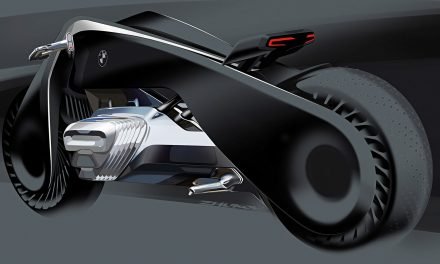Take a close look at the image…..Now try and guess or recall what it is….I hope by now, million signal transactions might have been occurring on your hippocampus.
I’m quite sure you – ingenious, would be guessed by now……………….Any way scroll down to get some more info…….
Its a Hard Disk.
Yes….It is a 1956 made first ever hard disk. You will be amazed to know the capacity. Its just 5 MB.
IBM launched the first computer with this hard disk on 1956 – 305 RAMAC.
The Disk Storage was a major component of the IBM 305 RAMAC weighing more than a ton in weight.
Little more about IBM 305 RAMAC
The 305 was a flexible, electronic, general purpose data processing machine that enabled businesses to record transactions as they occurred and concurrently reflect each entry in affected accounts. It maintained records on a real-time basis, provided random access to any record, eliminated peak loads, and could simultaneously produce output by either print or punched cards.
The 305 system consisted of the IBM 305 Processing Unit (containing the magnetic process drum, magnetic core register and electronic logical and arithmetic circuits), the IBM 370 Printer (an 80-position serial-output printer with tape control carriage), the IBM 323 Card Punch (similar to the IBM 523 Gang Summary Punch, providing for 80 columns of output punching), the IBM 380 Console (containing the card feed, typewriter, keyboard and indicator lights and control keys), the IBM 340 Power Supply (supplying power for all components except the motors in the 350 disk storage unit), a utility table adjacent to the console, and the IBM 350 Disk Storage Unit.
The 350 Disk Storage Unit consisted of the magnetic disk memory unit with its access mechanism, the electronic and pneumatic controls for the access mechanism, and a small air compressor. Assembled with covers, the 350 was 60 inches long, 68 inches high and 29 inches deep. It was configured with 50 magnetic disks containing 50,000 sectors, each of which held 100 alphanumeric characters, for a capacity of 5 million characters.
Disks rotated at 1,200 rpm, tracks (20 to the inch) were recorded at up to 100 bits per inch, and typical head-to-disk spacing was 800 microinches. The execution of a “seek” instruction positioned a read-write head to the track that contained the desired sector and selected the sector for a later read or write operation. Seek time averaged about 600 milliseconds.
In 1958, the 305 system was enhanced to permit an optional additional 350 Disk Storage Unit, thereby doubling storage capacity; and an additional access arm for each 350.
The dual arms used to record or read data from the 350 disk storage unit.With storage capacities of 5 million and 10 million digits, and the capability to be installed either singly or in pairs, the 350 provided the 305 system with storage capacities of 5, 10, 15 or 20 million characters.
More than 1,000 – 305s were built before production ended in 1961. The 305 RAMAC was one of the last vacuum tube systems designed in IBM.
You may start appreciating this………………















Comments